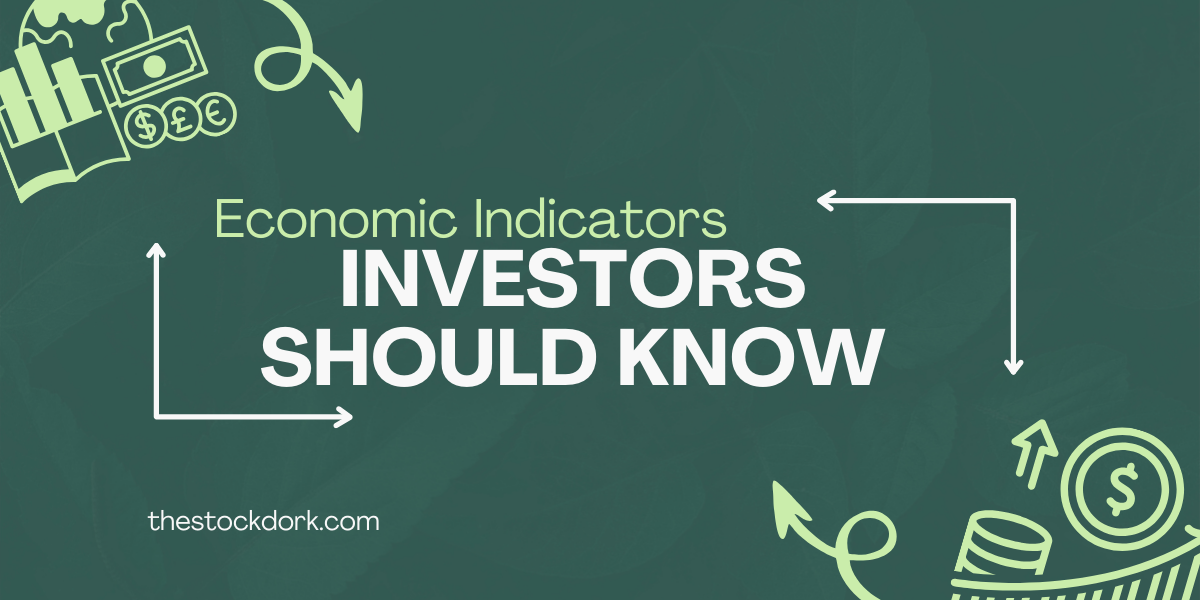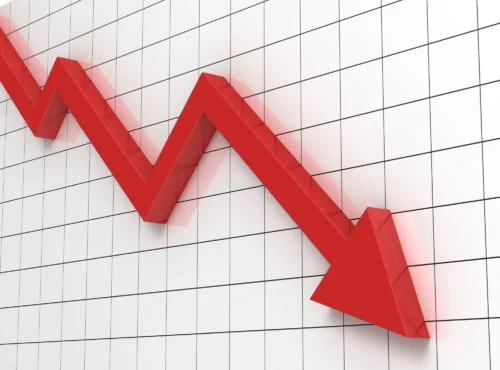If you have ever watched the news and heard phrases like “inflation is cooling” or “the economy added more jobs than expected,” it is easy to wonder what any of that means for you as an investor. You are not alone. Many beginners feel confused by economic data at first, and sadly, that confusion keeps a lot of people from investing with confidence. The good news is that you only need to understand a few economic indicators to get a clear sense of where the economy is heading.
These indicators act like a simple map. They show whether the country is growing, whether prices are rising, and whether people are finding work. Once you understand them, you can see how economic indicators and stock market trends connect. You will also notice how these numbers shape the story behind interest rates, company earnings, and overall market sentiment. This guide walks you through the three key economic indicators that almost every professional investor watches closely, along with gentle explanations that make the ideas easy to follow.
Why Economic Indicators Matter for Everyday Investors
Economic indicators may sound technical, but they simply measure the health of the economy. Think of them as the vital signs of a living system. When GDP grows, it is like the heart beating steadily. When inflation cools, it feels like a long, calming exhale. When unemployment falls, it means more people have money to spend, which keeps the system moving.
For beginner investors, learning these signals brings a sense of comfort. Instead of reacting to scary headlines, you begin to see the bigger picture. You understand economic cycles, and you start to feel more grounded. Even better, you learn why certain types of stocks respond differently during periods of high inflation, weak growth, or rising unemployment. This is how you slowly build investment confidence.
GDP Explained, Understanding the Country’s Output
If someone asks what GDP is, the simplest answer is that it measures everything the country produces. GDP, which stands for gross domestic product, adds up the value of all goods and services created within the United States. When GDP rises, the economy is expanding. When it slows, the economy is cooling.
GDP matters because it gives investors a clear sense of momentum. When production increases, companies tend to earn more money, and that can support higher stock prices. You will often hear investors talk about GDP growth and market performance because strong growth can lift expectations for profits. Unfortunately, when GDP slows for several quarters, it can signal that consumers are pulling back, which sometimes leads to recession worries.
Many beginners want to understand how GDP affects the stock market, and the truth is that markets react strongly to this report. If GDP comes in stronger than expected, the market often feels encouraged. If it is weaker, investors may grow cautious. Still, GDP is considered a lagging economic indicator, meaning it confirms what has already happened. Even so, it remains one of the most important economic indicators investors should know.
CPI Explained, Understanding Inflation in Daily Life
If GDP tells you how much we produce, CPI tells you how much we pay. When someone asks what CPI is, they are asking about the consumer price index, the main way the government measures inflation. CPI tracks the average change in prices for things like food, rent, clothing, transportation, and healthcare. When CPI rises quickly, your money does not stretch as far as it used to, and that can make everyday life feel harder for everyone.
Inflation shapes the market because it affects everything from interest rates to company costs. This is why beginners often want to understand how CPI affects the stock market. When inflation cools, the market often feels hopeful, because lower inflation means the Federal Reserve may ease monetary policy. When inflation heats up, the opposite happens, and fear of rate hikes can weigh on growth stocks.
Understanding CPI inflation helps investors make sense of these reactions. CPI is watched closely because it is one of the strongest economic indicators that move markets. Even a small change from expectations can shift market sentiment within minutes.
CPI is also seen as a leading economic indicator, because rising inflation can signal future interest rate changes. For investors trying to understand interest rates and inflation, CPI is often the best place to start.
 Unemployment Rate Explained, Reading the Job Market
Unemployment Rate Explained, Reading the Job Market
The unemployment rate measures how many people are actively looking for work but cannot find it. This number matters deeply because it reflects the strength of the job market, and the job market supports consumer spending. When more people have jobs, they have money to spend in the economy. That spending supports businesses, which in turn supports the stock market.
Investors follow unemployment closely because it reveals how healthy the labor market feels. Understanding labor market data helps you see how consumers might behave. Strong hiring trends usually support growth. Rising unemployment can create concern about slowing demand.
Many beginners also want to understand how unemployment affects investing, and the answer comes down to confidence. When job losses rise, it may mean companies will earn less. When job gains remain steady, companies often feel more optimistic. The unemployment rate is also a lagging economic indicator, since job changes often show up after the economy has already shifted. Even so, it remains an essential guide for interpreting unemployment data.
How GDP, CPI, and Unemployment Work Together
Individually, each indicator tells its own story, but together, they create a full picture of the economy. GDP shows output, CPI shows prices, and unemployment shows job strength. These three signals give you a clear sense of economic growth rates, macroeconomic trends, and overall economic health metrics.
For example, strong GDP, mild inflation, and low unemployment often paint a picture of a balanced and healthy economy. On the other hand, weak GDP, high inflation, and rising unemployment may suggest growing recession risk. By watching how these indicators move together, you begin to see the unfolding story behind the headlines, and you start to understand why markets react the way they do.
Why Learning These Indicators Builds Confidence
Many new investors feel anxious when they hear economic data mentioned on the news. The terms may sound technical, but the meaning behind them is surprisingly simple. When you take the time to understand these indicators, the noise settles. You realize the market does not move randomly. It moves in response to clear signals about growth, inflation, and jobs.
As you learn these signals, you build the confidence to make decisions based on facts instead of fear. You begin to view downturns as part of natural economic cycles, not as signs that something is broken. With time, these indicators start to feel familiar, almost like weather patterns that help you prepare for what might come next.
 Frequently Asked Questions
Frequently Asked Questions
Why are economic indicators important for investors?
They help you understand the direction of the economy, which influences corporate earnings, interest rates, and market performance. Knowing the trend builds confidence and reduces guesswork.
Which economic indicator is the most important?
It depends on the moment. During high inflation, CPI may matter most. During job market shifts, unemployment becomes critical. Over the long run, GDP helps confirm the economy’s health.
How often should beginners check these indicators?
Checking them monthly is enough for most people. Economic trends move gradually, so you do not need to track every update.
Do these indicators predict the stock market?
No single indicator predicts markets with certainty, but together they offer helpful clues about where risks and opportunities may be developing.
Conclusion
Learning economic indicators is one of the easiest ways to understand the economy with more confidence. Instead of feeling overwhelmed by news headlines, you begin to follow a clear and simple storyline based on growth, prices, and jobs. Understanding GDP, CPI, and unemployment rates gives you the tools to interpret the financial world with calm clarity. With time, these signals become familiar guides that help you invest with patience and purpose.


 Unemployment Rate Explained, Reading the Job Market
Unemployment Rate Explained, Reading the Job Market Frequently Asked Questions
Frequently Asked Questions Tags:
Tags:










